This beginner’s guide will explain exactly what is email marketing and how it works. By the end, you’ll have a solid grasp of the basics along with the know-how to launch email marketing for your business.
Over the past several decades, email marketing has proven to be one of the most effective – and cost-effective – strategies for reaching new customers. In fact, according to the DMA (2019), ROI from email marketing now stands at just over £42 for every pound spent; a rise of almost £10 since the previous study. Even if it is not your primary method of marketing, email should play a significant part in most marketing strategies.
But where to start? Try this:
What is email marketing?
Email marketing is sending a commercial email message to subscribers (those who have signed up and given you permission to email them) or other lists. Non-subscribed email blasts have not only fallen out of favour but can get you into trouble with your email provider, and are therefore no longer discouraged. Don’t worry though, it is the subscriber list that gets you the great return on investment anyway.
The email will contain information on new products or prices, upcoming events, or simple reminders that your products are available. These emails can be automatically personalised, sent out at automatic intervals, and automatically analysed to show you what is having success, and what needs to be tweaked.
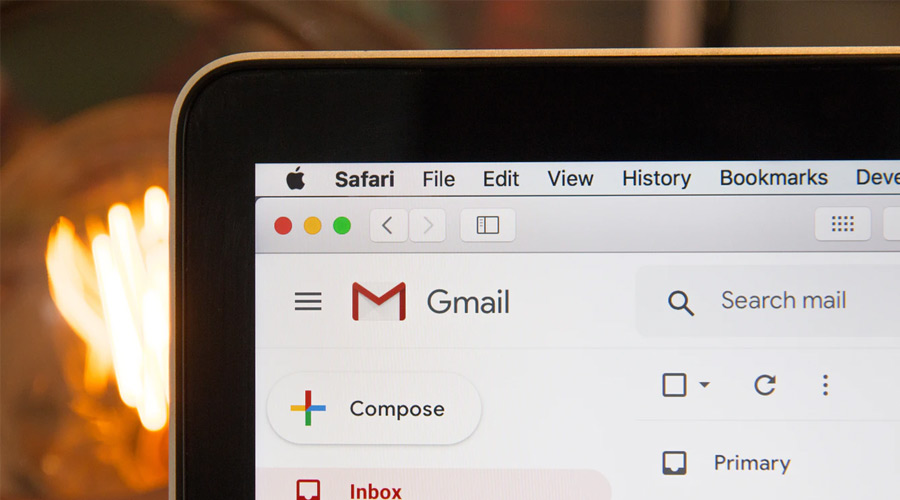
Types of Marketing Emails
Promotional
These are used to make announcements, to promote special offers, events, new products or services, or other incentives for customers to engage with the company or buy a product. There is usually a clear call to action (CTA), meaning that the one who receives the email will be asked to do something: like buy, review, or give additional information.
Informational
These include newsletters, announcements, tips, and that kind of thing. These are usually sent out at regular intervals according to a set schedule. Your subscribers will usually know from the point of signing that they will receive such emails monthly, fortnightly, or weekly – whatever your preference is. Whatever it is, should give some value to your customers.
Email suits light-hearted updates and promotions, but it can also have enough sense of formality to deliver important information to existing and potential clients. Examples of this could include information on Covid-19 safety measures to keep customers and employees safe.
Is email marketing still important in 2021?
Email began to be used way back in 1971, but now at the age of fifty, email marketing is more used than ever. We do still hear from time to time that ‘email is dead,’ but the increasing use and efficacy of the practice would indicate otherwise. As of 2019, for example, there were just under four billion global email users. Eighty percent of Americans check their email at least once per day, and about a quarter of them check personal emails several times throughout the day. Eighty percent of business professionals surveyed (by Fluent Box Report, 2018) believe that email marketing improves customer retention. Despite some nay-sayers, email marketing is still considered the most effective B2B marketing channel.
Email marketing may not be the only method you use – in fact it shouldn’t be – but it is definitely one necessary arrow in your quiver.
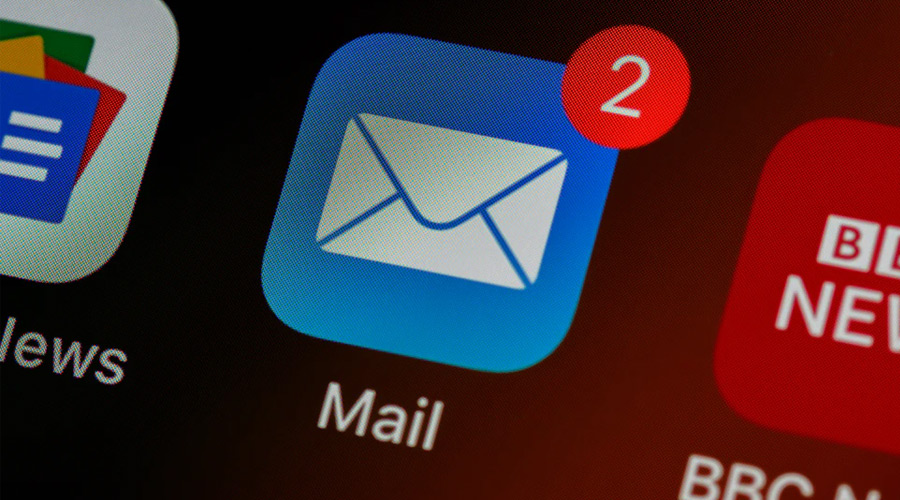
Benefits of Email Marketing
Email marketing can help to grow and manage your business, using order confirmations and dispatch updates, newsletters, product announcements and more.
Email marketing will help fulfil 3 key objectives:
1. Increase Conversions
Drive sales by sending an email to your subscribers. This email could contain a discount offer exclusive to your mailing list, a reminder that the customer has left unpurchased items in their online shopping cart, or even special offers and gifts for subscriber birthdays. Welcome new subscribers and congratulate longer subscribers with a sign-up anniversary offer.
Using your imagination can help to bring these emails to life, creating a bond-building link to your subscribers… and that can drive sales over the long term.
2. Drive Brand Awareness
The key aspect of email marketing is that it reaches out to an individual directly, and can easily be automated to use the recipient’s first name and other details to personalise each email. Even if your customers don’t immediately engage with a regular newsletter, the fact that they are still subscribed to your list indicates that they might want to use your company again in the future, and it is this ongoing awareness that we are looking for.
From a practicality standpoint, the fact that an email is designed once, but can be personalised and sent out to as many people as are on your list – and more – means that it is very good return on time spent.
3. Customer Loyalty
Email campaigns can also increase customer loyalty at each stage of interaction. Nurturing a lead, converting to a sale, onboarding a loyal customer and maintaining that loyalty over the long term – this is all suited to emailed interactions. Put something of value in your email (it can even be entertainment value or special interest) and your customers will feel as if their purchase with your company continues to pay them benefits.
Why is Email Marketing Important?
Scale & Accessibility
Email appeals to all age groups and audiences, and from the novice to the expert. Email is still the most mainstream form of online communication, and that means big numbers of potential subscribers.
Low Cost
Email marketing is excellent value. It has never been cheaper to communicate with a list of subscribers, be it a small list or a massive one, and that’s good news for your business.
Create a Long Term Asset
Unlike social media platforms which could (in theory) disappear overnight if a company collapses or alters its offering, an email list is yours. You own it. And it is a very valuable thing. With it you can tap directly into the lives of your customers and don’t need to rely on someone else’s data to reach them.
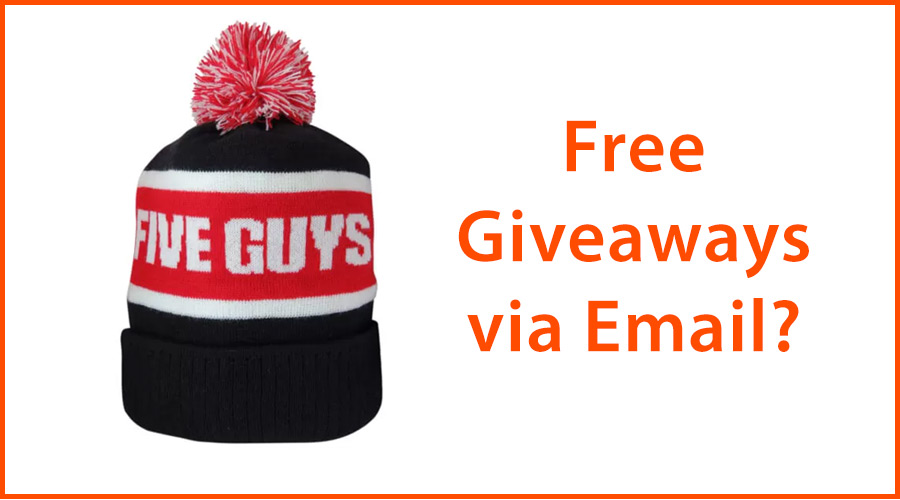
Offering Free Giveaways Via Email
One of the best ways to engage existing or potential customers over email is to offer them something for free.
A great option for this is a branded merchandise giveaway, such as promotional t-shirts, mugs, caps, and stickers.
These are ideal for both offline businesses, SAAS companies, and everything in between.
Your customer feels like they’re getting a free perk, while the merchandise serves as both a reminder to them of your services, and an advertisement to other potential customers who see it.
> If you’re looking for a UK merchandise supplier, then contact Steel City Marketing to get started, with free visuals and a dedicated account manager.
Your First Email Marketing Campaign Checklist
You only need two things to get started: the software, and your list.
1. Software
A dedicated email marketing provider is the best way to go. They are experts in what they do, and focus on making it the most effective it can be.
2. Email List
You may already have a list of customers, or you may need to build one, but the key is to develop a list of people who have opted in to receive emails from you. Everyone on your list needs to have given express permission to be there. This is very important. Not only will it mean your list is very effective, but it is also the way to ensure you don’t contravene the rules of your email provider and find yourself banned from using it. There are also data protection laws that cover this area, so there are even worse consequences possible for those deemed to be spamming.
You should also have a way for disinterested people to ‘unsubscribe.’ This is normally included at the bottom of each email.
Don’t focus on getting the biggest list you can get; focus on getting the best list you can get. This means people who really are likely to buy what you are selling, and to be interested in what you are sending them. A bigger list might feel better at first glance, but a list that really gives you great conversion rates will be much more satisfying in the long run.
Protect your brand and your conversion rates – focus on quality of willing subscribers over quantity of names on a list.

8 Steps to Email Campaign Success
1. Find a Software That Works for You
The most popular choices for this include Sendinblue, Mailchimp, Constant Contact, Convertkit, Mailjet, Mailerlite, and HubSpot, though there are more to choose from. In order to determine which is the best for you, you’ll want to determine what your present needs are, and what your needs might be in the future. Compare this to the cost of each one in these areas, and you’ll have a good foundation on which to base your decision.
Consider these items in terms of must-haves, nice-to-haves, and -will-needs.
- What is your budget?
- How often do you plan to send emails?
- What do you plan to have in your emails (for example, images and video, or just text?)
- How many emails are on your list?
- Are you new to designing emails, or do you have some skill and experience behind you? If new, consider a template offering – but if you want to get into the HTML and poke around, then something with that ability is a must.
- Do you plan to use automated workflows? We highly recommend this feature.
- Do you need to segment your list? For example, will you have a VIP section of your list? Sections for different types of products? The ability to email all or only part of your list, as need arises, can be a handy feature.
- Will you be using transactional emails as well? You may need a separate service for these, as they are not strictly speaking ‘marketing emails.’
- How large might your list grow? Make sure your service can handle a list that big, or make sure you can transition to one that can when the need arises.
Read next: What is Branded Merchandise?
2. Grow Your List
You may only have a few people to start with, or maybe even none at all, but start where you are and build steadily – you’ll get there with some persistence.
Most email service providers (ESPs) let you embed a subscription form on your website. This is a great place to start. If you can offer some sort of perk in exchange for a customer’s permission to opt in, that will increase your list growth. This can be a discount code, a free bit of information, or some similar thing that doesn’t cost you much, and can prompt a quick sale as well as building the list.
Be very clear about the kind of emails you will be sending, how often, and your policy regarding junk mail and what you will do with their data (i.e. Do you share it with other companies or not?).
Whatever you promise, stick to it. Not doing so will risk being marked as a spammer, and that brings with it a host of problems that can stick around and nag you for some time.
Tip 1: Add Optin Forms to Your Website
Your email subscription form should be in a very clear place, and possibly on a pop-up window as well. Don’t be too aggressive about it, but it should be very clear and easy where to sign up, and the benefits of doing so. Share the signup options on your social media pages too, and on any other media (including print) that your customers are likely to see. If you sell online, be sure to include signing up as an optional part of the checkout process – couple it with a discount and you’ll see your list grow quickly, and with verified, buying customers.
Tip 2: Incentivise Email Signups
Lists grow fastest when signing up has attractive benefits. Giving away an exclusive eBook, report, checklist, infographic, discount, or early-bird chance at new products, and new, motivated buyers will populate your list very quickly.
3. Welcome Emails
Once someone signs up, your ESP system should send them a welcome email. This cements the business relationship and builds the bond of loyalty between you and your customer. A welcome discount or other perk is a nice way to bring a smile to the face of your new customer after they have given you some of their hard-earned money. That’s a great way to start.
Some kind of perk for referrals can be effective too.
Read next: What is Direct Marketing?
4. Set a Structure to Your Emails
Don’t just wander in the dark; have a clear target of what you want from your email campaign and aim for it. Common goals include:
- Generate sales
- Promote a new product
- Share a discount with loyal customers
- Increase eBook downloads
- Deliver company news to subscribers
Your particular goal might be very specific, or a bit more general, but as long as it is clear, and you have a way to measure if you are being successful in meeting it, it will suit this process.
5. Craft Emails for All Devices
You don’t need to hire a designer, though if your budget allows it, it can be a great investment.
Most ESPs have a drag and drop editor to help you design emails using their templates. These are excellent for most business needs. If you take the time to really fine tune it, even a novice can produce something quite professional-looking. The key is to keep it looking clean and clear. Don’t cram too much information into a small space. Hit the main points and then give options to dive deeper on your website.
Your template doesn’t have to keep changing form either – a recognisable email format can be a powerful way to display your branding.
6. Test Different Styles of Copy
Your email should contain something of value to your subscribers. Go through this mental exercise to determine what might work for you and your list:
- Think as if you are writing to just one person.
- What does that person need? Do I have that?
- Tell a story if you can – remember the artisan recipe from your great-grandmother, or the accidental discovery in the chemistry lab, or the business started in the humble garage.
- Let your personality come through.
- Use short paragraphs or bullet points to keep things clear and easy.
- Try to pique curiosity with your subject line – more on that below.
Sign your email from a real person, such as a CEO or some other position in the company that will put a public face alongside the logo.
Finally, make sure there are no typos, misspellings, or grammatical errors in the copy. Never check your own writing without also having a second (or third) set of eyes go over it first. Remember, you design this once and you can use it over and over again, so it is worth some additional time.
6. Dig Into Email Analytics, and Optimise
You want your subscribers to open the emails and to respond to them. There are ways to do this.

Make Sure Customers Know It’s You
The first thing receivers will see is who the email is from. In half a second, they will decide if it is spam or whether or not they want to open it. In that half second, you’ll need to gain their confidence and pique their curiosity in a genuine way.
Using your brand name as at least part of the sender name is a great way to create that almost-instant trust. You can do this in a few different ways. You can use your brand name alone. An email from Amazon, for example, is immediately recognisable. You could also use a combination of the brand name and the first name of the company’s public face. For example, Mike from Global Travel Inc. You might even want to use a few different ones, each designed for a specific type of email. Example styles could include Global Travel Monthly Newsletter, Mike’s Weekly Deals, or Mike’s Hotel of the Month… whatever it is you want to convey, coupled with that immediately identifiable name or brand.
It is also useful to write an intriguing email subject line – and this is worth taking some time on. Giving enough information to intrigue or interest the reader, without revealing the key information, is the goal. Must-have deals, Flash sale, Amazing personality quiz, Unbelievable new hotel… anything like this will have your reader wondering what comes next. That wonder is what leads to an opening of the email and one step closer to a conversion or other valuable interaction.
Some further tips for fashioning these include:
- Keep it under 50 characters
- Focus on the one most interesting thing in the email
- Try to get an emotional response from the reader
Finally, we’ve all wanted to reply to an email with some bit of information or a question, only to find that it is a no-reply email address. Avoid sending no-reply emails to your customers. These diminish trust and place a clear break between you and the customers you are trying to build trust and loyalty with.
Read Next: What is Branding?
Lead People Into the Click
The preheader (or preview text) is the text that appears after the email subject line and gives the reader a peek into what the email actually contains. It doesn’t always appear – that depends on the readers device and settings – but it often does, so it is worth considering when designing your emails. This can either break the curiosity of the reader by revealing the subject line as dishonest or misleading, or it can back up your subject line by showing that your email actually contains what you hinted at. The second reaction is obviously what we’re going for. It should function like a second subject line, giving a bit more to pique curiosity, without revealing the main information. That should lead to more chance of the reader opening the email.
7. Thoroughly Test Email Formats & Proof
It is always best to see what your readers will be seeing – BEFORE you send out hundreds or thousands of them. Do a test email and view it on a variety of devices if possible. It is always best to have others check it out too, as a fresh set of eyes will see things the writer of the email will miss.
Check for typos, broken or incorrect links, formatting errors and overall look.
Double check that you’ve selected the right list, then off it can go.
8. Timing is Everything
Be deliberate and strategic about when you send your email out. Think of your audience, and send the email out at a time that they will be most likely to see it and to have the time to open and look at it. If not, it may get buried under other email they receive, and never opened.
Statistically speaking, Tuesday or Thursday mornings, around 10am, are better than most other times. Tuesday or Thursday afternoons around 2pm are also good. This is likely because they have had Monday to clear out the weekend’s emails, and they aren’t pushing though Wednesday’s mid-week fatigue or Friday’s push to finish up the week and head into the weekend. Morning makes sense, as we all check our emails first thing in the day, and there won’t have been too much time for new ones to pile up. Likewise after lunch.
Monitor when your best opening rates are, and focus on those times.
8. Monitor and Iterate
Analysing your campaign metrics is always important. If you don’t know what works best, you won’t know if you are using your money to its best advantage. In other words, you’ll be leaving profits and valuable interactions on the table.
Things to know and follow include:
- Open rate – The number of people who opened the email compared to the number of people who received it.
- Click-Through rate – The number of people who clicked a link in your email compared to the number of people who received it.
- Unsubscribe rate – the number of people who unsubscribed compared to the number of people who received your email. (This should be quite low. If it isn’t, you’ll need to review your email frequency, content, or how you generated your list in the first place)
- Bounce rate – The number of emails that failed to deliver compared to the total number of people it was sent to. Sometimes bounces are due to temporary issues like servers being down or inboxes being full, but sometimes it may be due to cancelled email addresses or other permanent issues – these can be removed from the list.
Read next: What is Relationship Marketing?


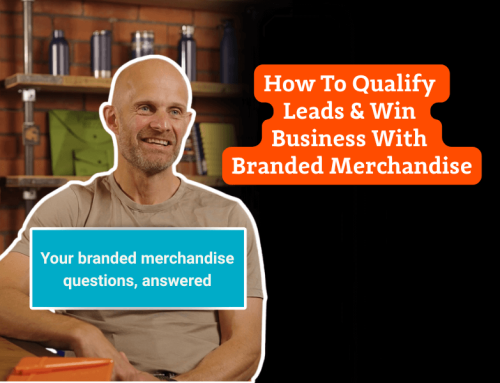
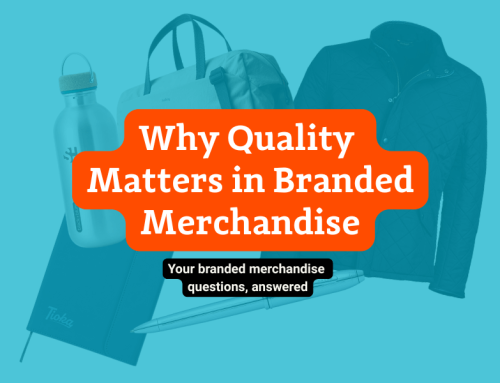
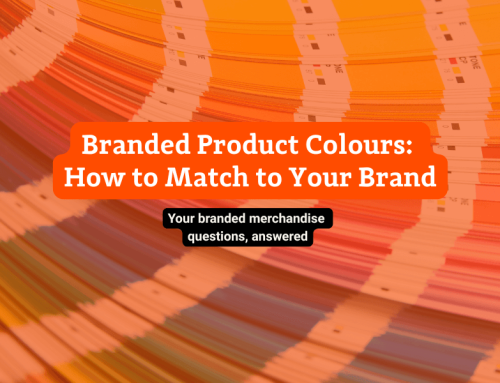
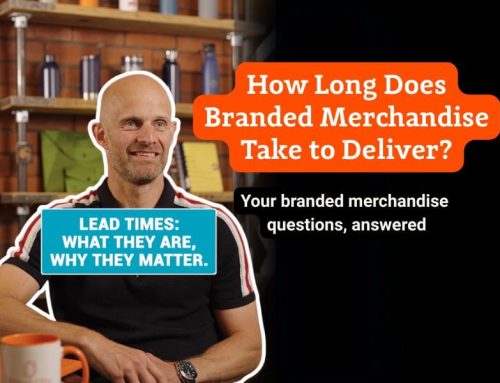
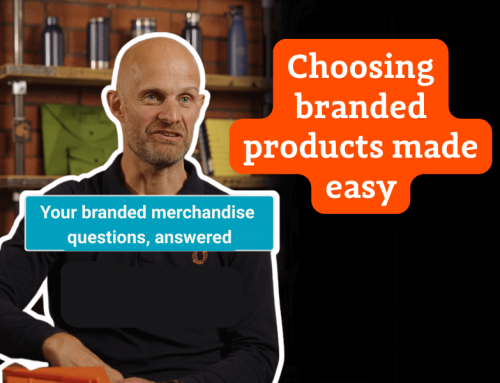
Leave A Comment